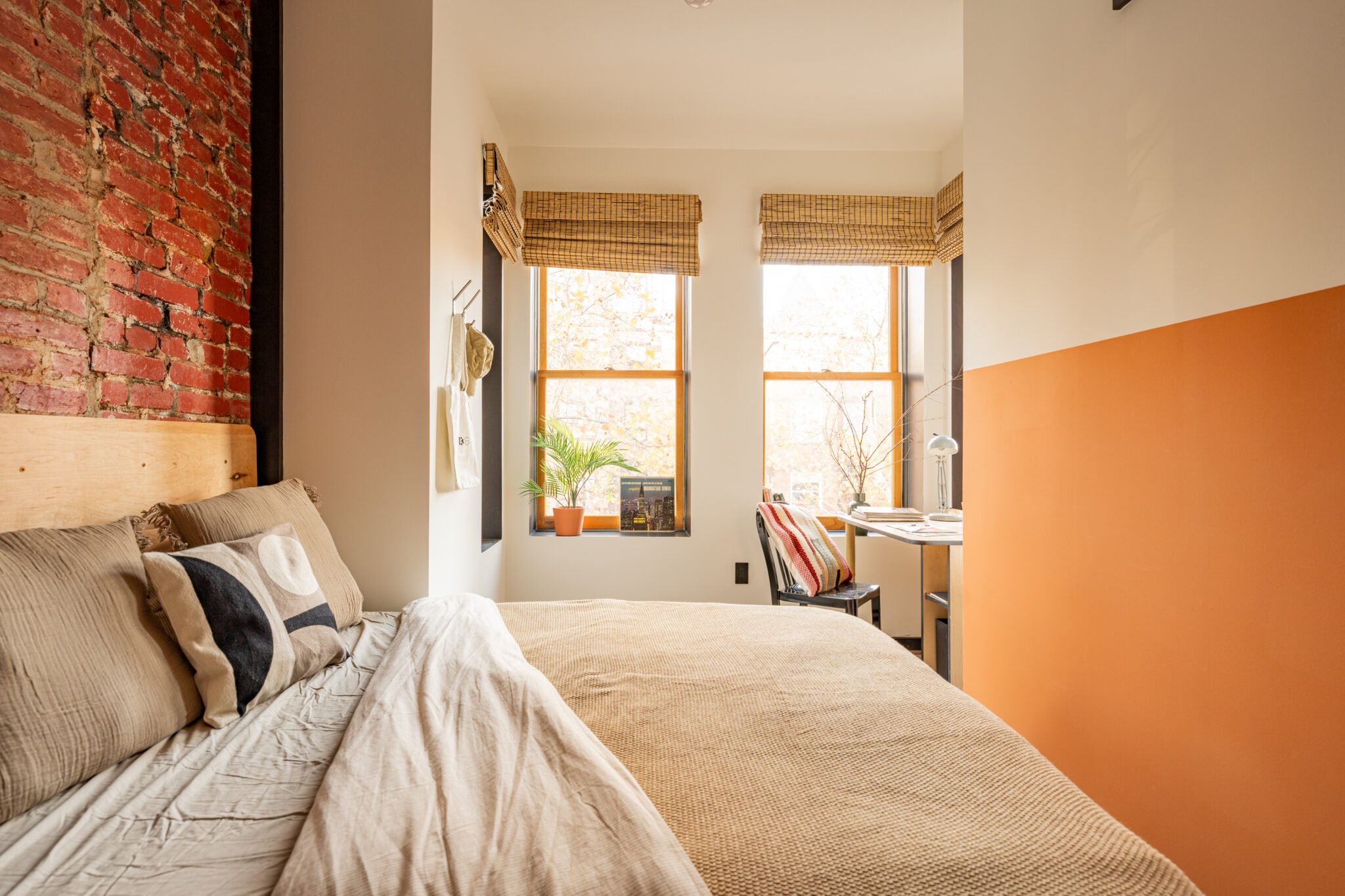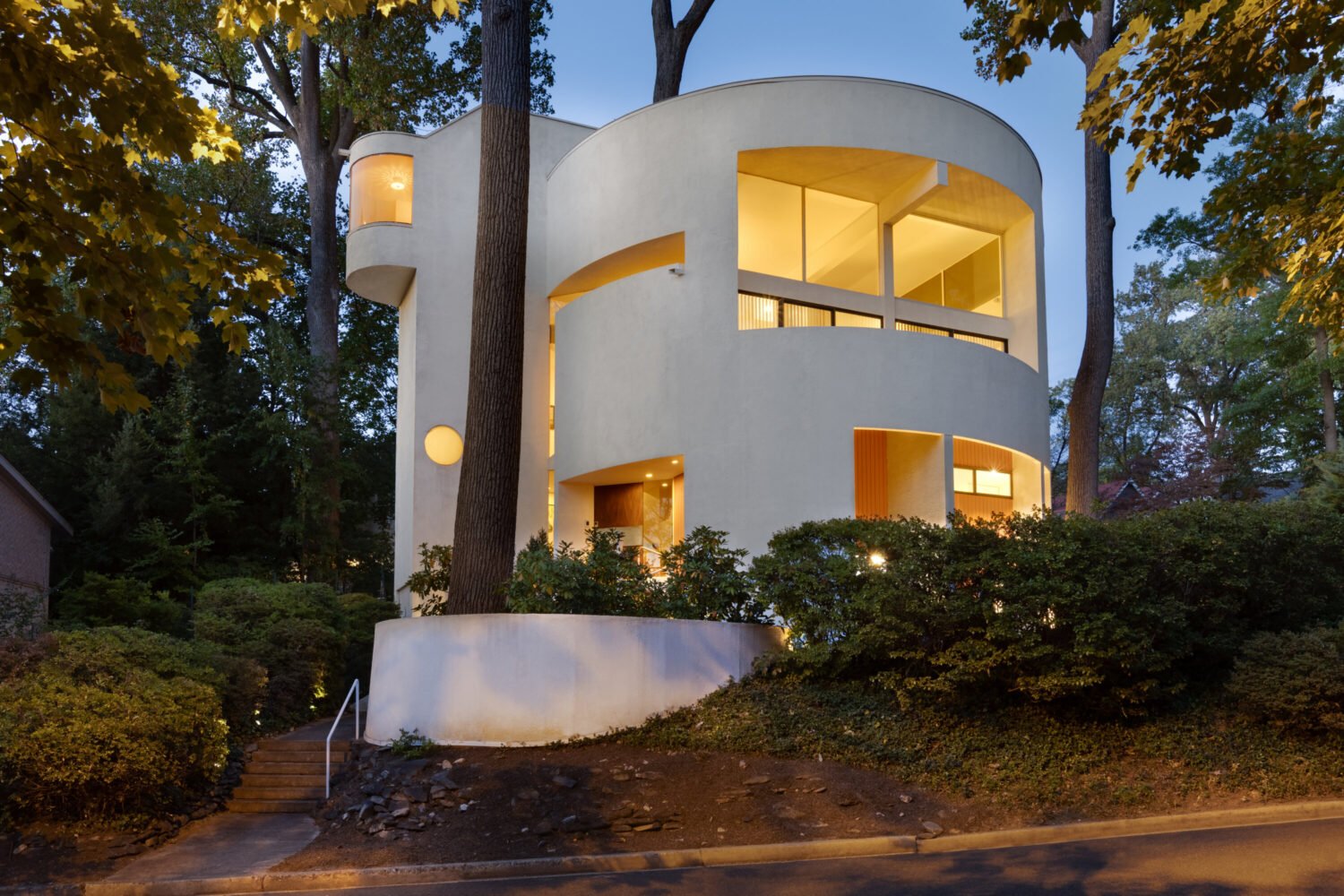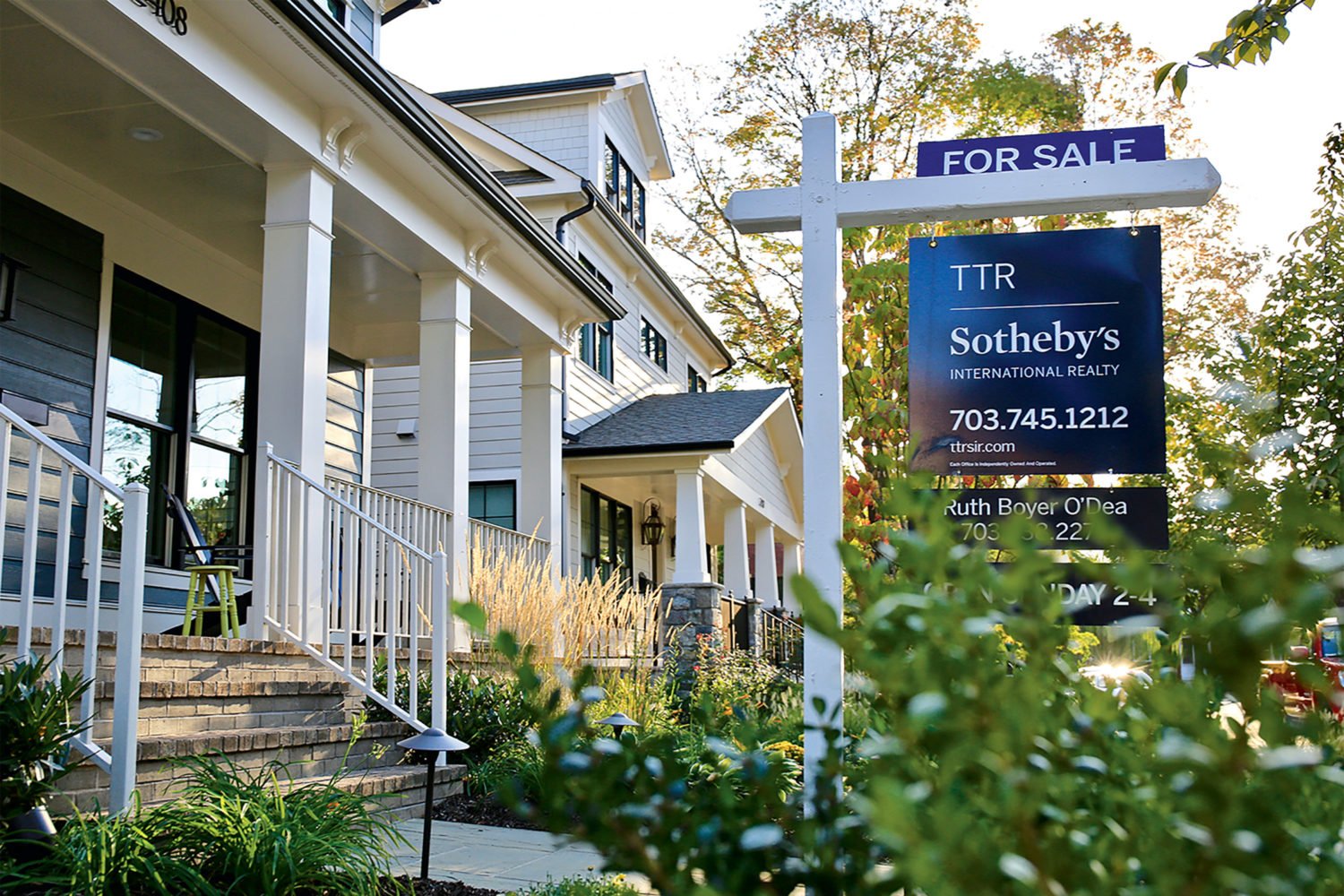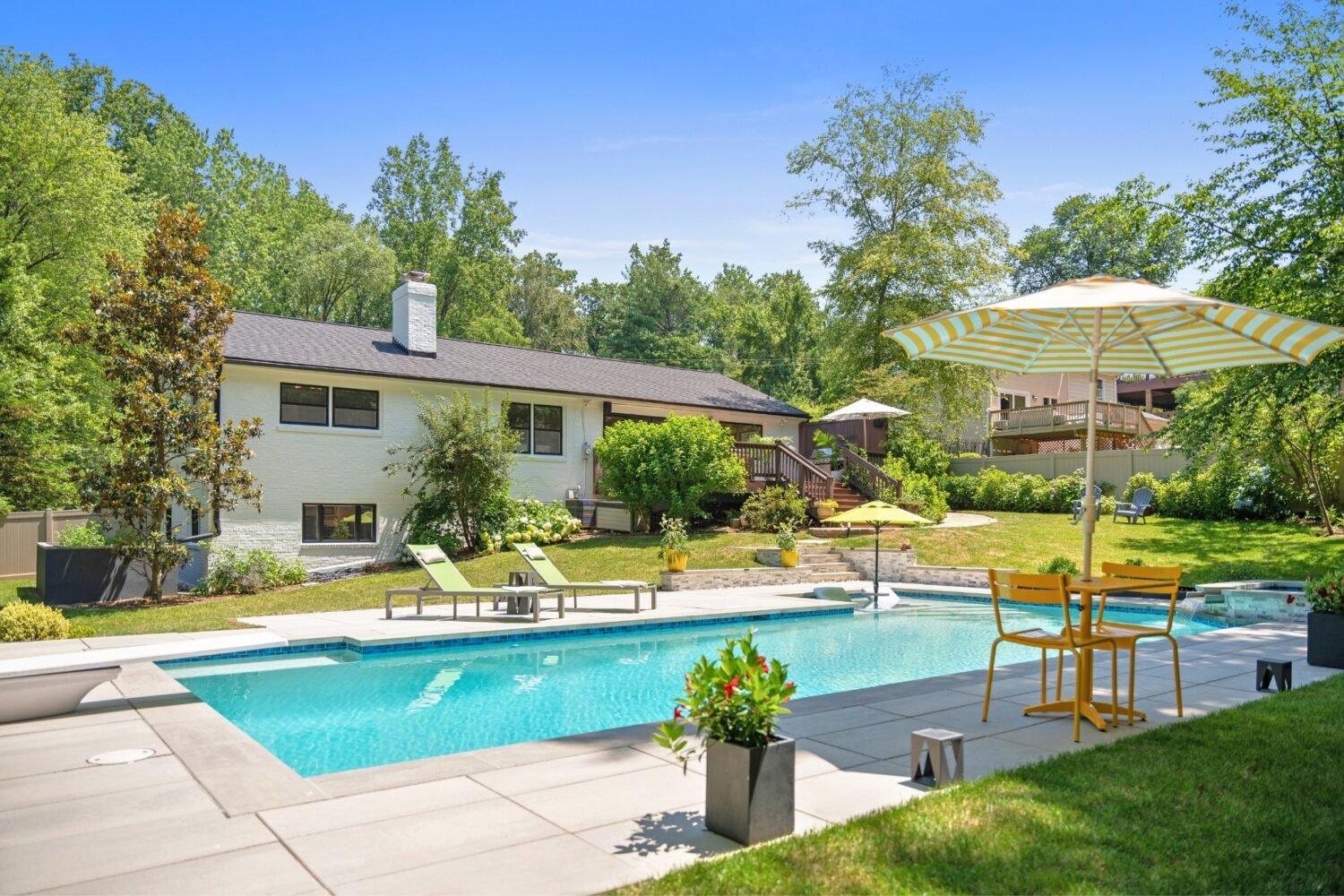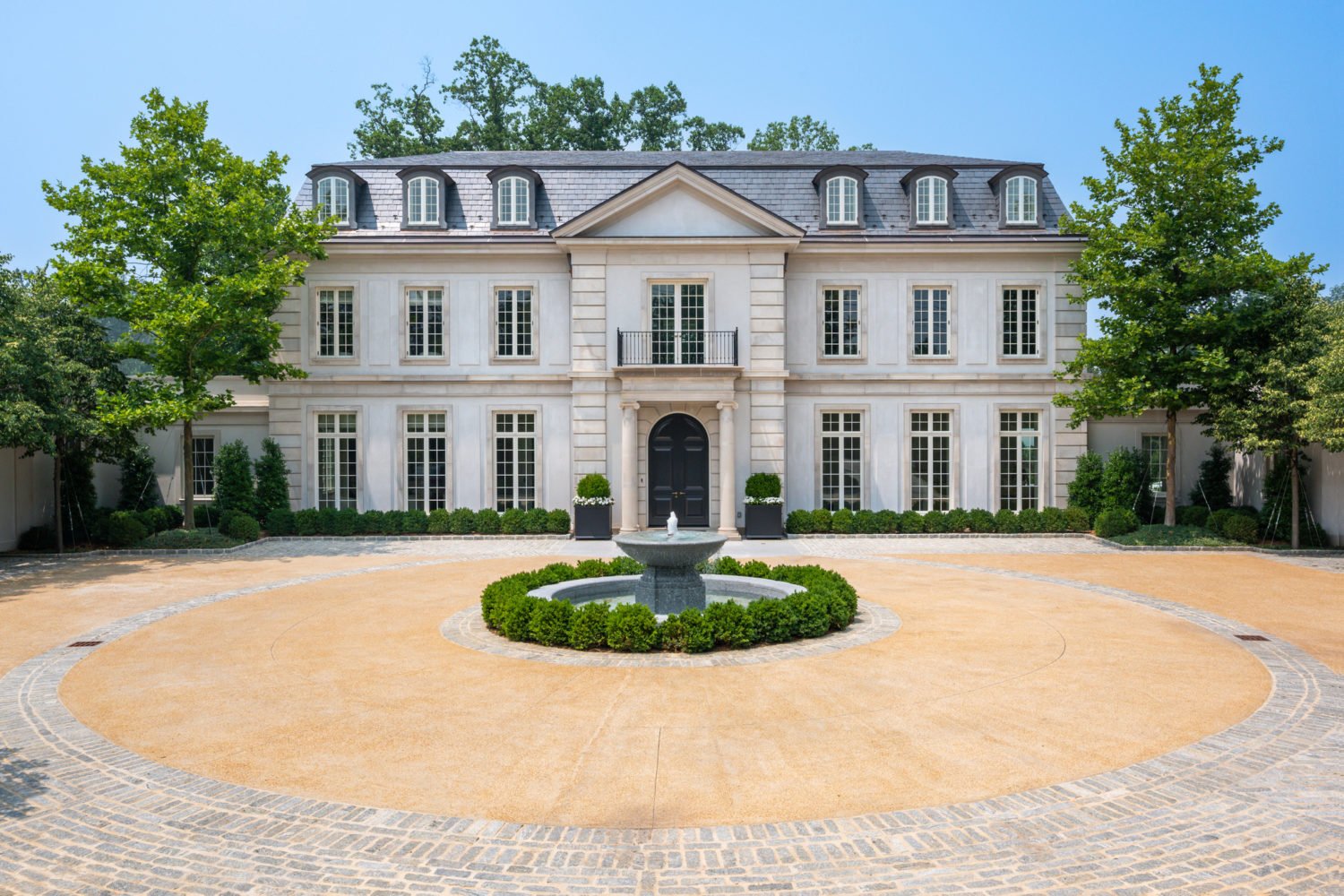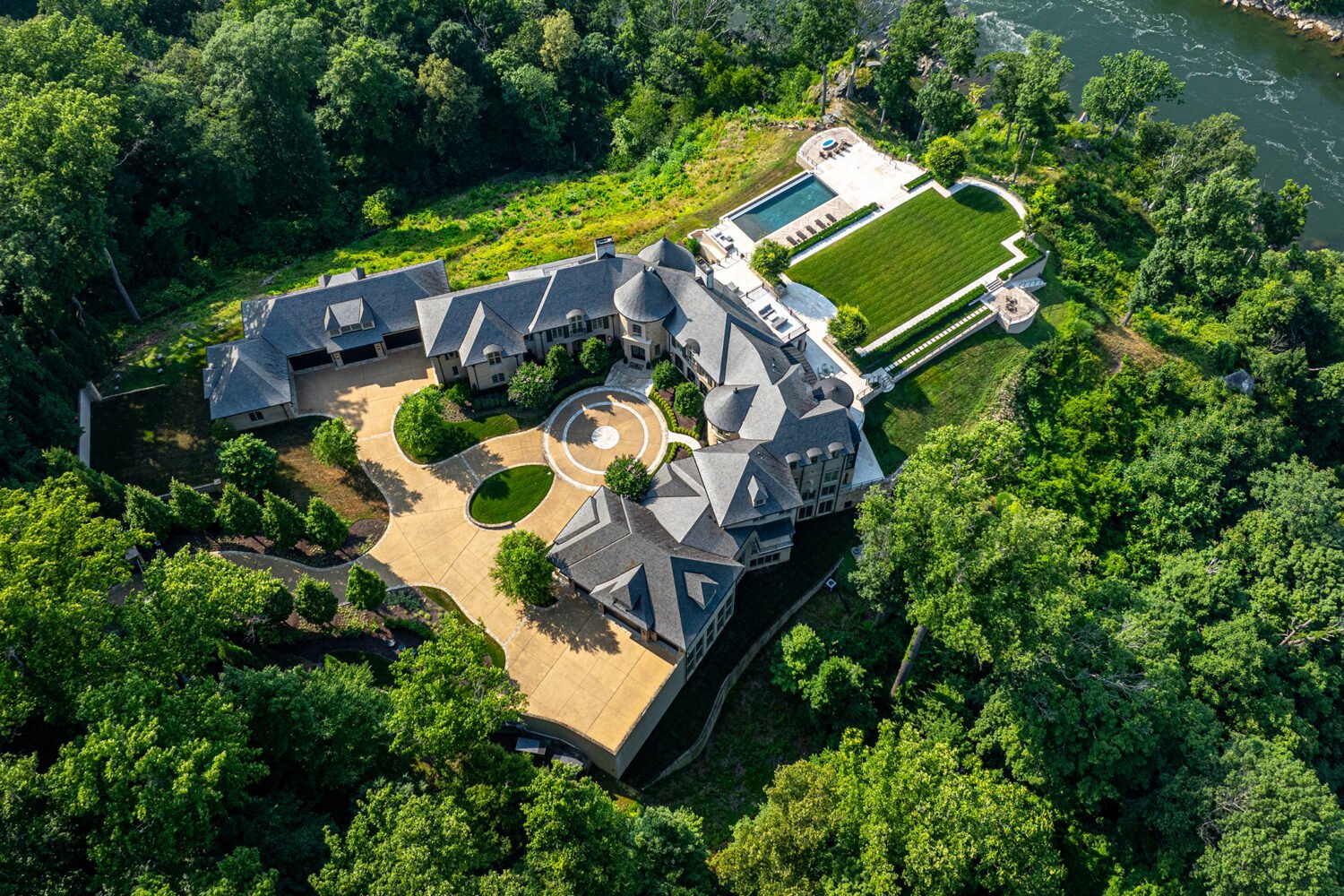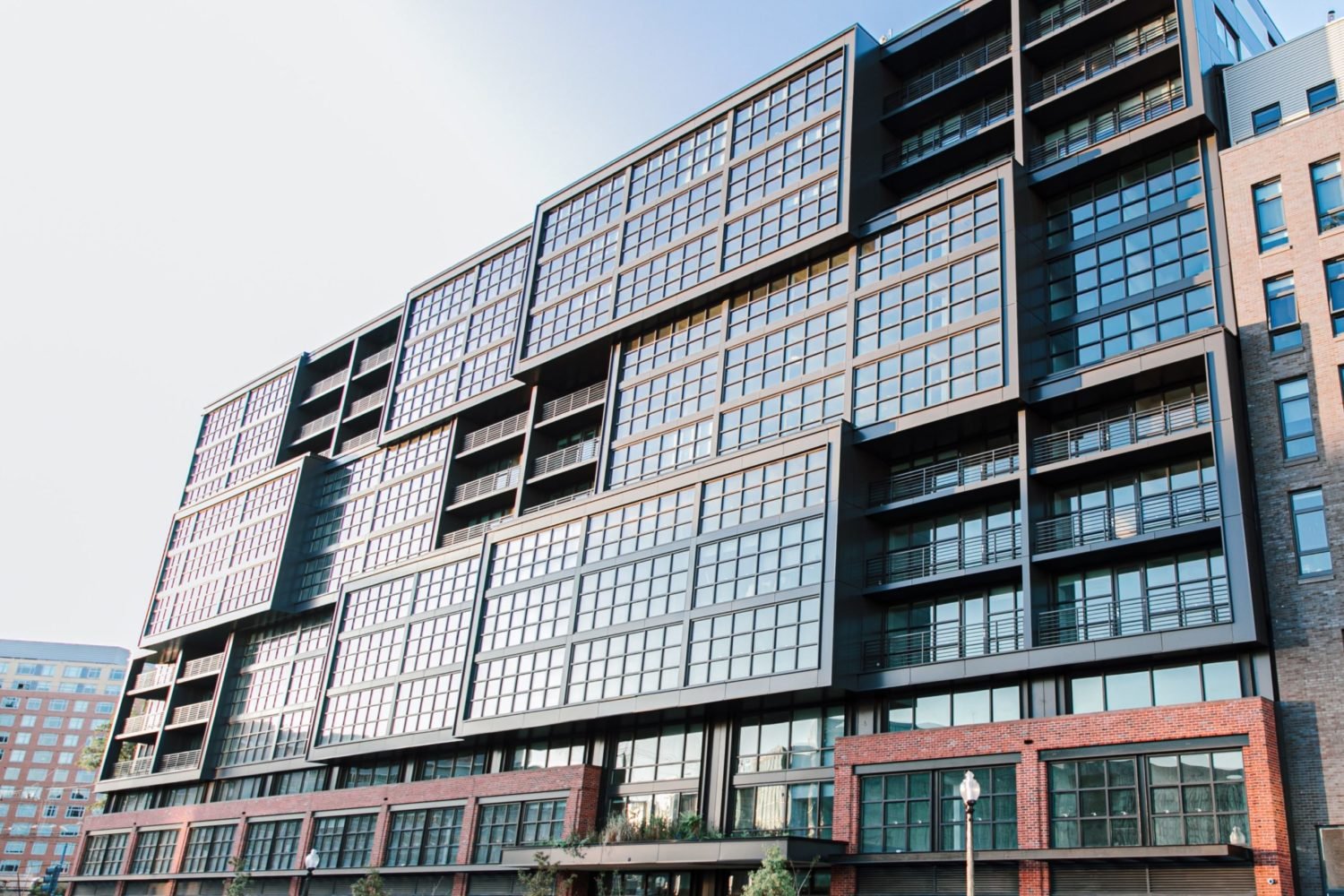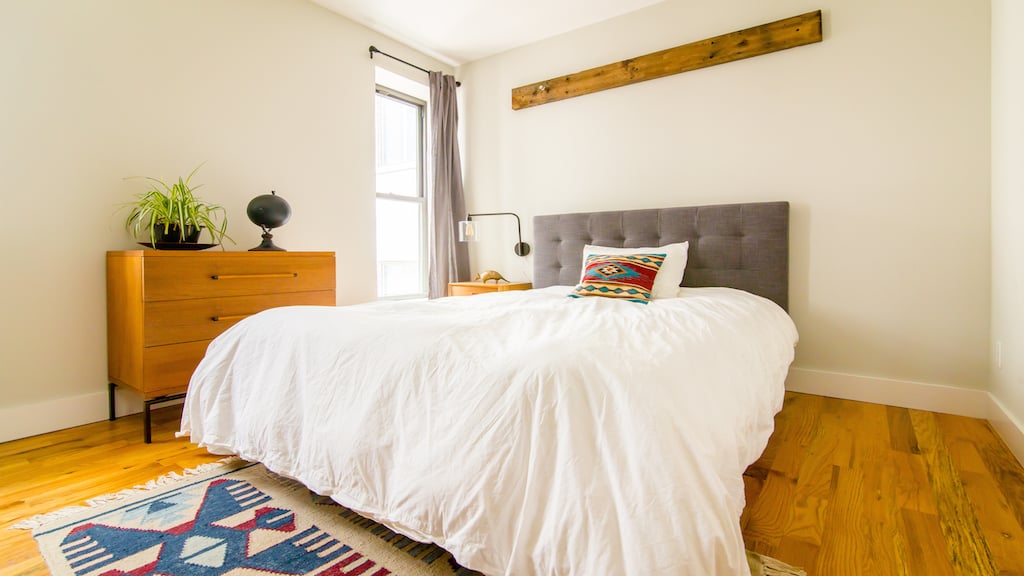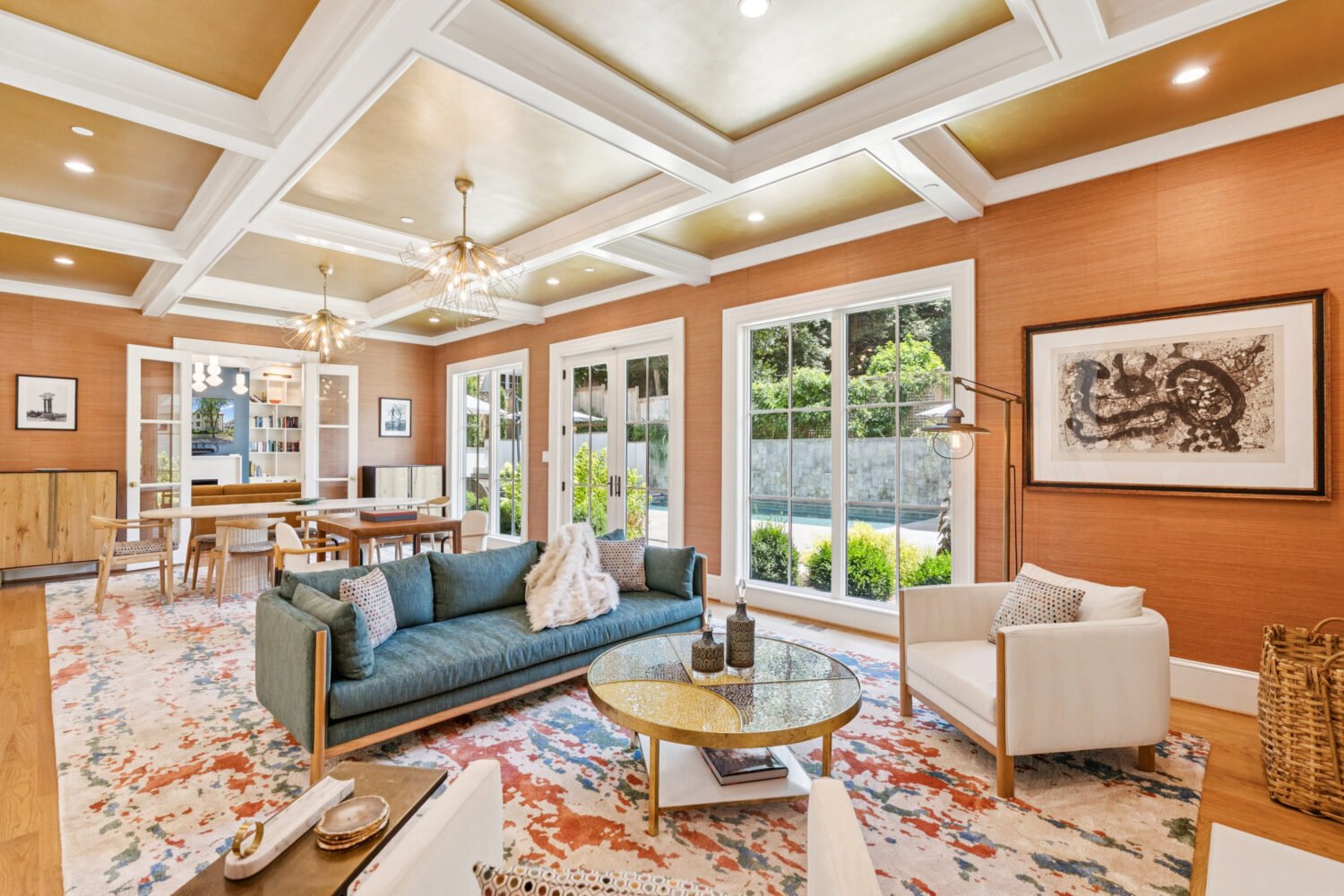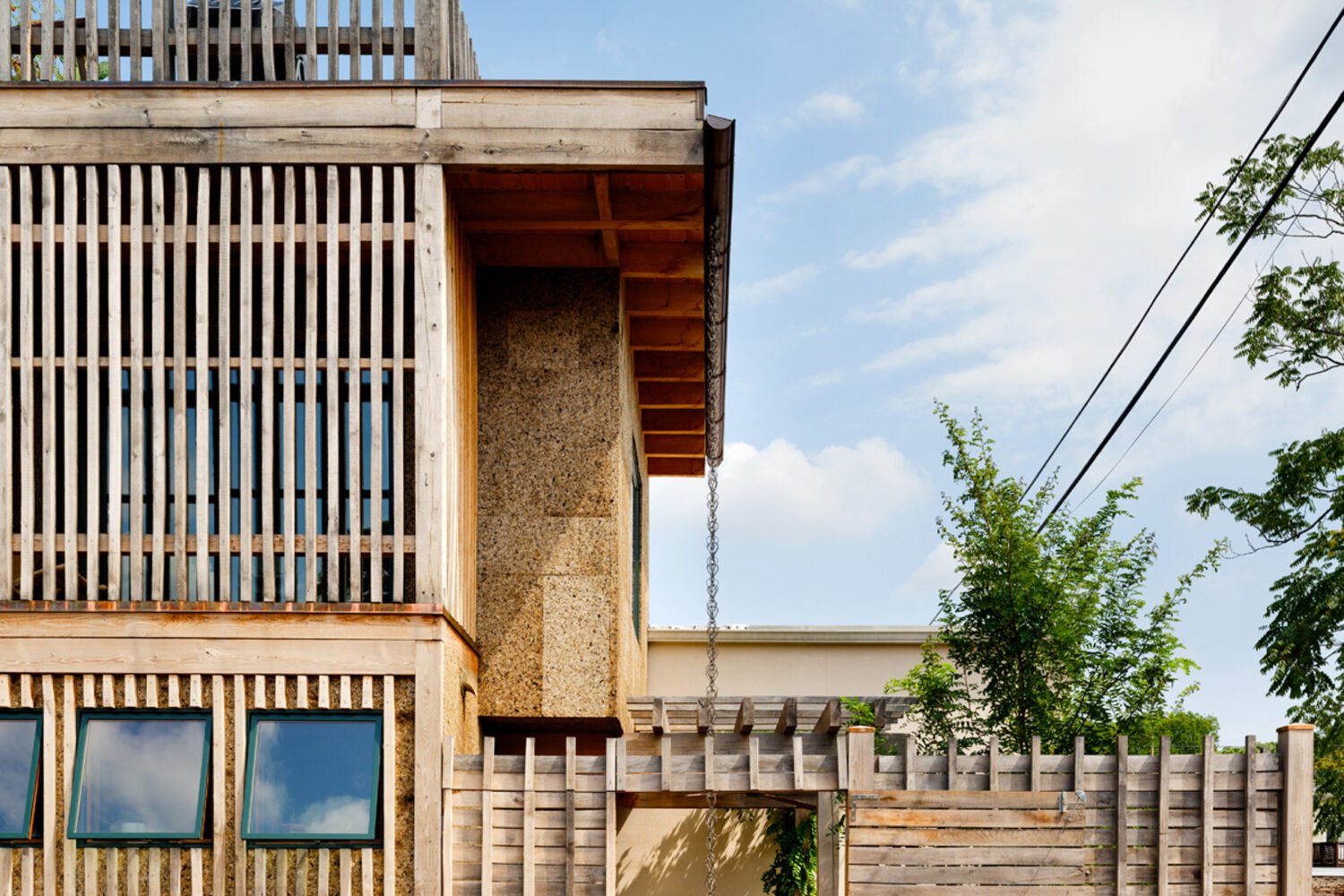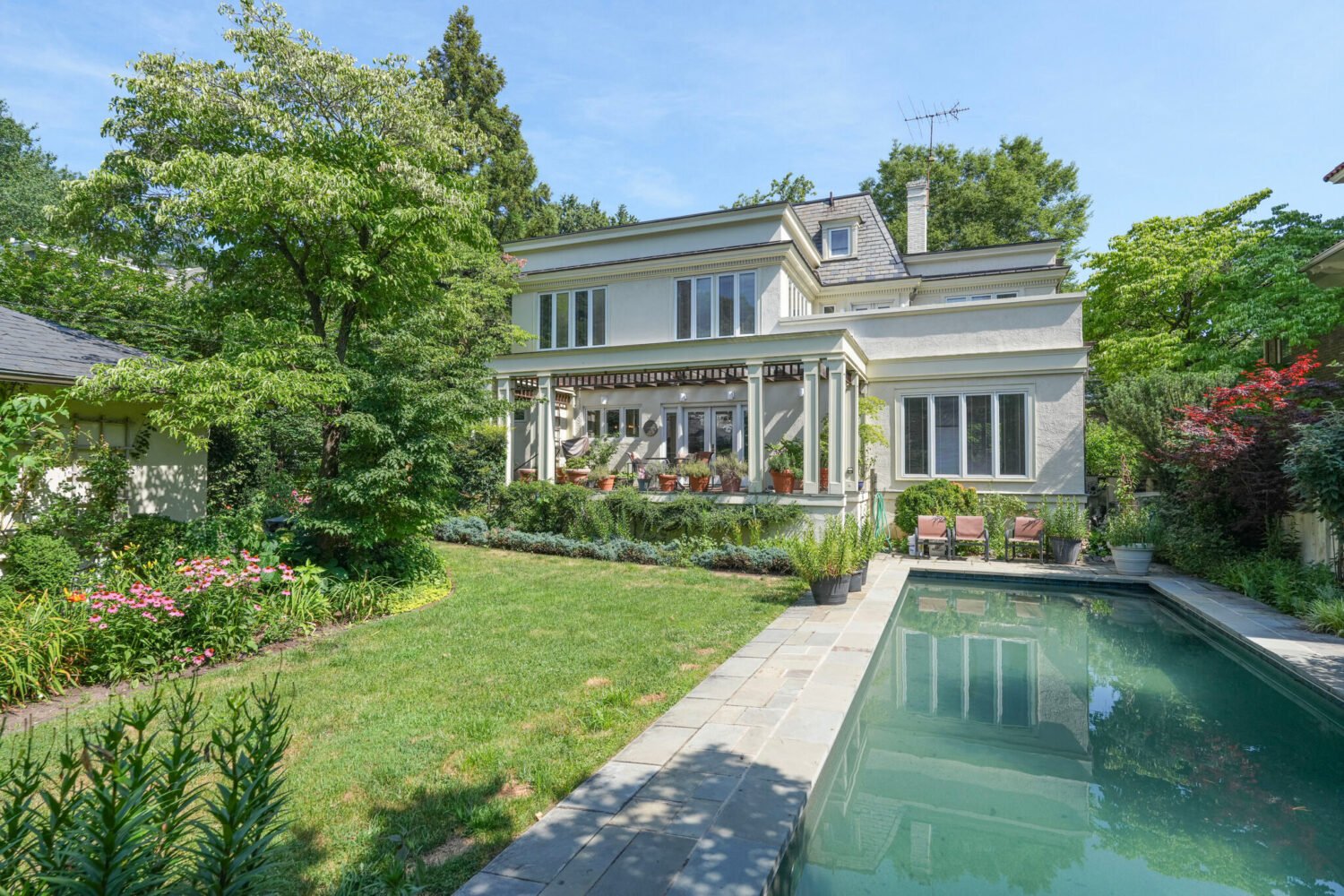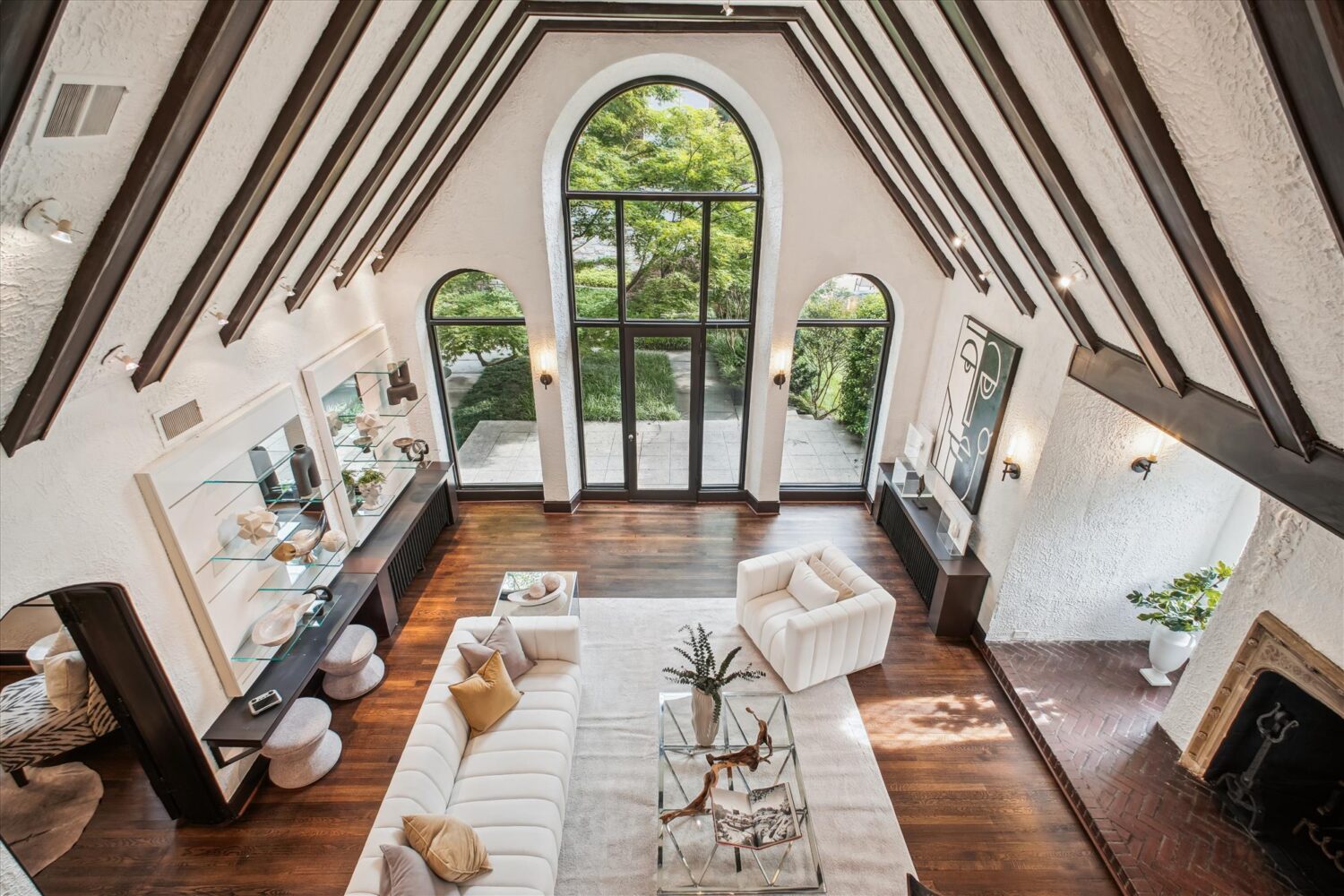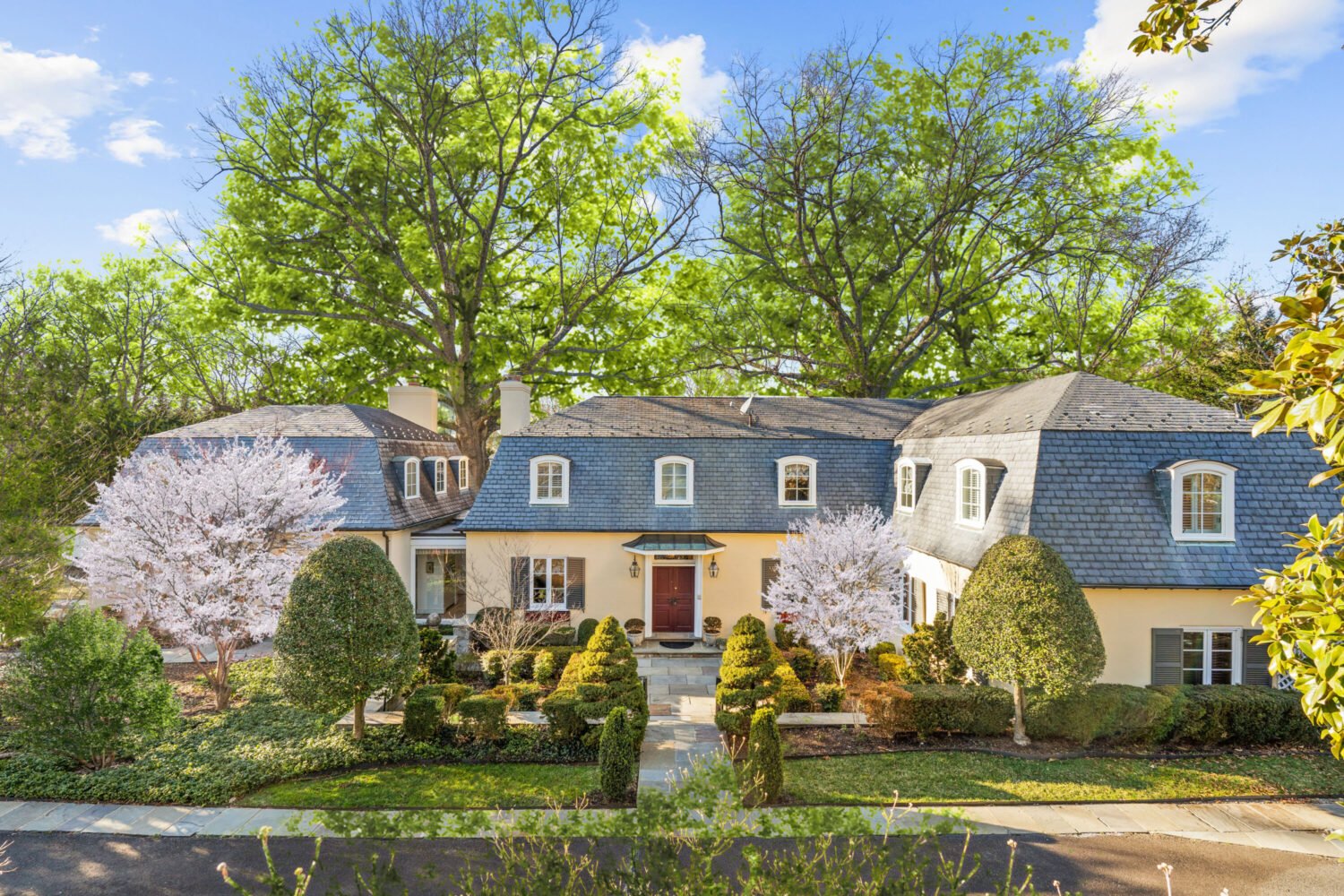On a recent afternoon in late November, the thrum of power tools echoed from two adjoining rowhouses near U Street and Meridian Hill Park. From the street, the brick buildings, both constructed by Harry Wardman more than a century ago, appeared to be in the midst of a condo conversion—a flip by a local developer, maybe. Inside, however, Lucy D’Alençon and Dan Clark of Cohabs, a Belgian company, told a different story. As workers tackled a punch list of final details—trim, outlets, decking—D’Alençon and Clark gave a tour of the unconventional layout: the shared kitchens, the pods of bedrooms, the co-working space, the two-tiered communal sofa lined with throw pillows. “The idea is really a home away from home,” said D’Alençon about the project: Not a condo conversion, but the first co-living space in DC by Cohabs.
Co-living has a long—and occasionally checkered—history in the District. Nearly a decade ago, starts-ups such as Common and WeLive, an offshoot of WeWork, entered the market with an intriguing sales pitch: For young professionals, co-living could be a natural extension of collegiate-style living, with private bedrooms and shared amenities. No need to furnish your own apartment or live alone: Co-living promised instant community—a chance to network with a like-minded and upwardly mobile crowd.
WeLive, of course, folded in 2021, and Common declared bankruptcy earlier this year. But Cohabs, founded in 2016, is doubling down. The company, which owns dozens of properties in Europe—including London, Madrid, Brussels, Paris, and Milan—and more recently expanded into New York City, has now embarked on a buying spree in DC, closing on six properties in Columbia Heights, Capitol Hill, Bloomingdale, LeDroit Park, Logan Circle, and Mount Vernon Square. The total outlay: about $12 million, with another $12 million slated for renovations. “We looked at Boston, we looked at Philadelphia, we looked at DC,” says Clark, the managing director of US operations, about Cohab’s expansionary ambitions. With its international community, and abundance of grad students and embassy workers, the District was the best fit.
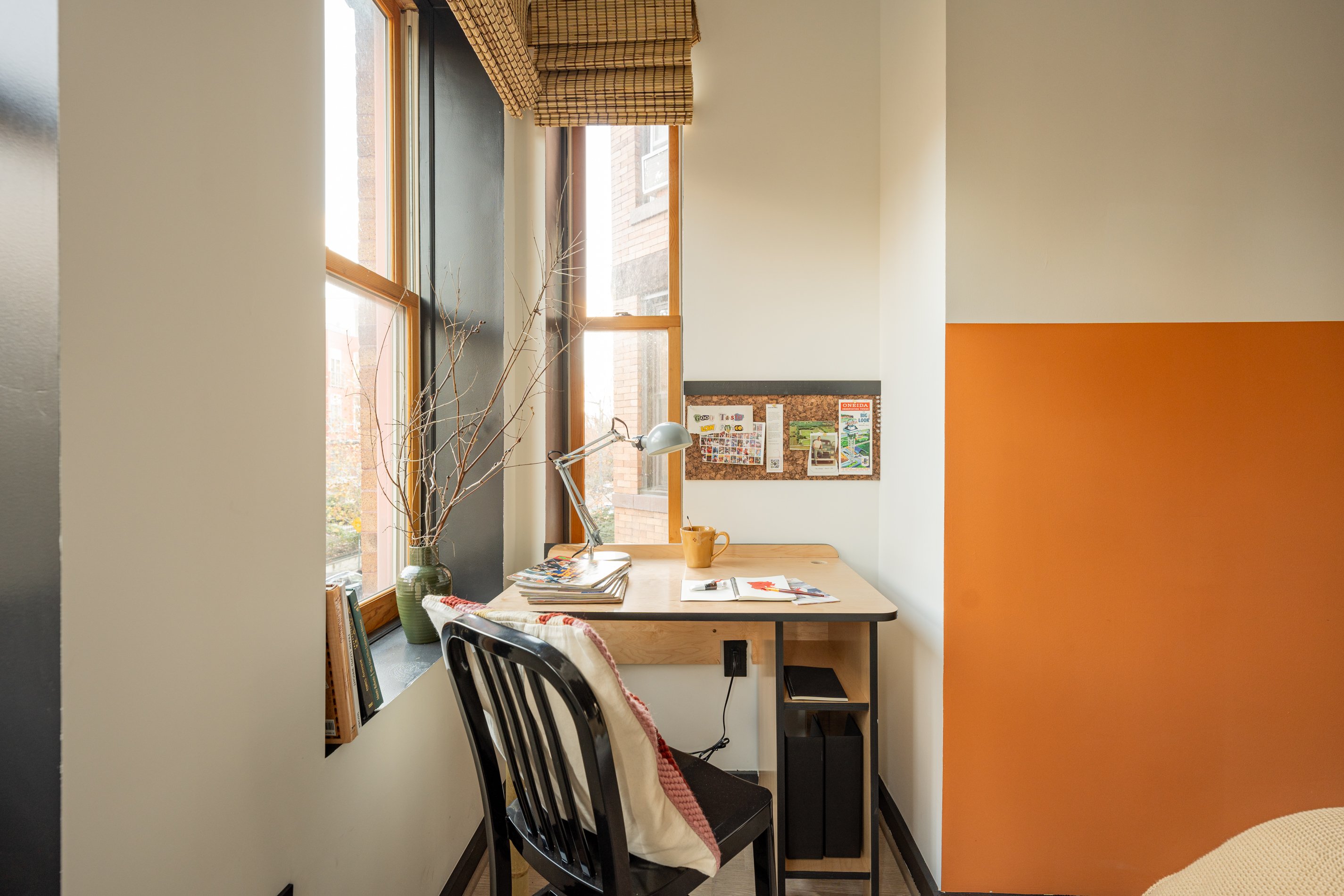
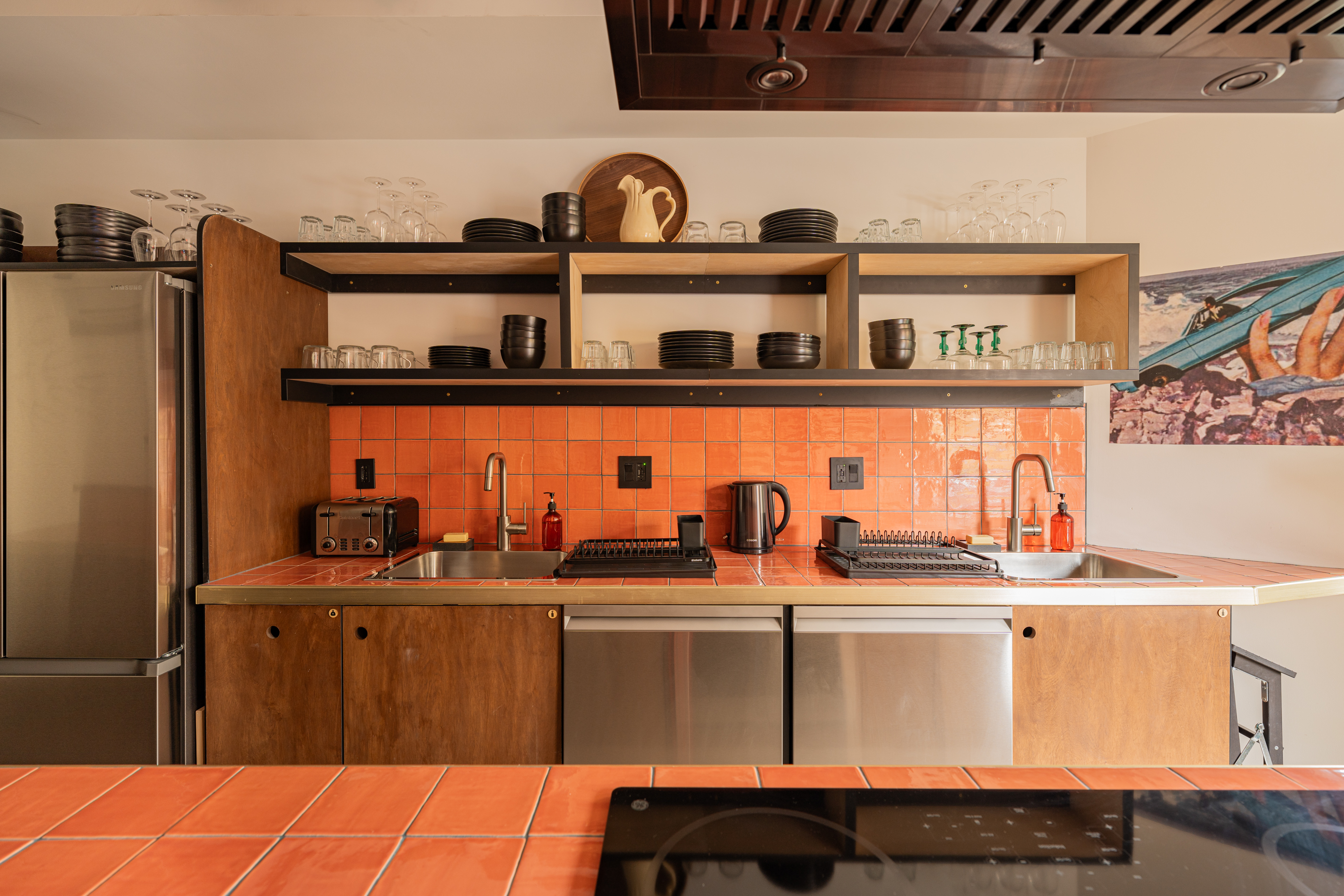
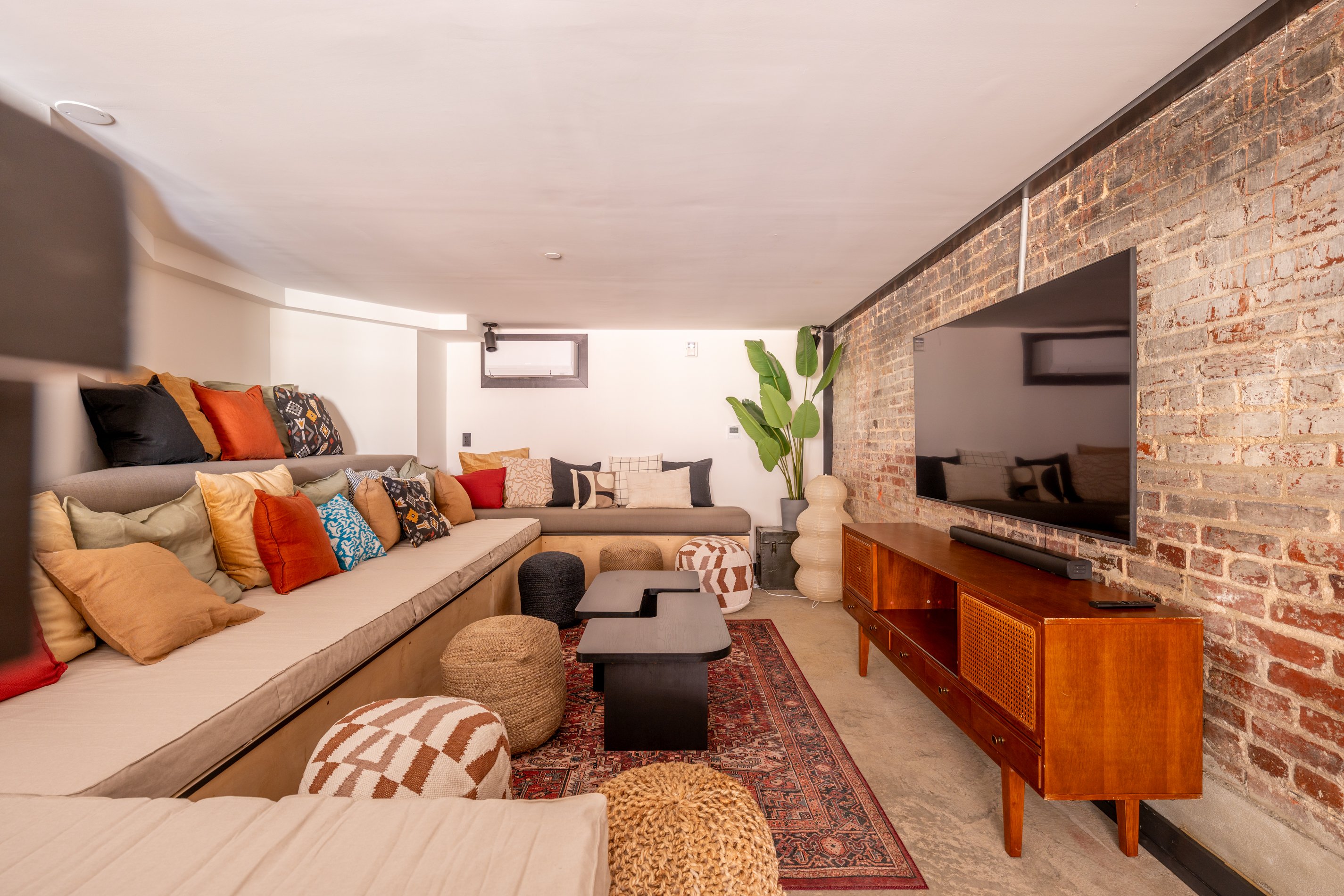
The city’s historic housing stock didn’t hurt, either. “We like big brick buildings that have good bones and architectural features,” says Clark. “And we want buildings that are large enough to produce community.” The Meridian Hill project is heavy on exposed brick, light-toned woods, and Spanish-style tile: a Scandinavian vibe with an eclectic twist. It features seven separate pods or units, with a total of 36 furnished bedrooms (between 74 and 160 square feet each). Residents share bathrooms (a couple units have private ones), two expansive kitchens and six coffee bars, a co-working space, laundry facilities, and a gym. The average rent: about $1,650, including all utilities and wifi, weekly cleaning of common areas, and a monthly delivery of various kitchen supplies. (By comparison, the average studio apartment in DC—476 square feet large—rents for $1,852 a month.) Cohabs offers short-term leases—three months minimum—and makes it easy to move from London to DC and back, say, without stockpiling Ikea furniture or outfitting a new apartment.
Over the years, co-living has generated mixed reviews: a godsend for some, a nightmare for others. “One of the worst experiences living somewhere I’ve ever had in my 38 years on this planet”: That’s how Will Oliver, in a 2022 Daily Beast exposé, described his experience renting with Common in DC. In one case, a broken door and lax security allowed a knife-wielding man to break into his building.
But, as Clark notes, Common didn’t own the properties it managed and cut services when money got tight. Cohabs, on the other hand, is invested in fostering a communal vibe—family-style dinners, yoga classes, retreats. Potential residents are subject to a background check and a brief interview, and a house ambassador deals with any conflicts among residents. D’Alençon, a Cohabs operations manager, says that unlike in Europe, where the concept is more widely embraced, some Americans still think, Oh, this is just a dorm or student housing. Actually, she says, “It’s very different. It’s catered to young professionals.” D’Alençon herself lived in a Cohabs house in Harlem, where she met her now-boyfriend.
The communal aspect is a big selling point, given our epidemic of loneliness, especially in urban areas and among young people. And with rents also rising in DC, co-living, as a more affordable alternative, appears poised to grow. Last year, possibly the largest co-living project yet in the District, Clover at the Parks, boasting 248 units, opened as part of the redevelopment of the old Walter Reed site. Initially a Common property, it’s now managed by Greystar. And a recent report by Pew and the architecture firm Gensler proposed co-living as an enticing option for office-to-residential conversions, helping to trim construction costs by 25 to 35 percent compared to a traditional condo or apartment adaptation. In fact, one of DC’s original co-living buildings, 2221 S. Clark St. in Crystal City, was a midcentury office building that was transformed into a WeLive location in 2016. Later rebranded as a Common property, it’s now under the umbrella of Tripalink, a Los Angeles real estate management company.
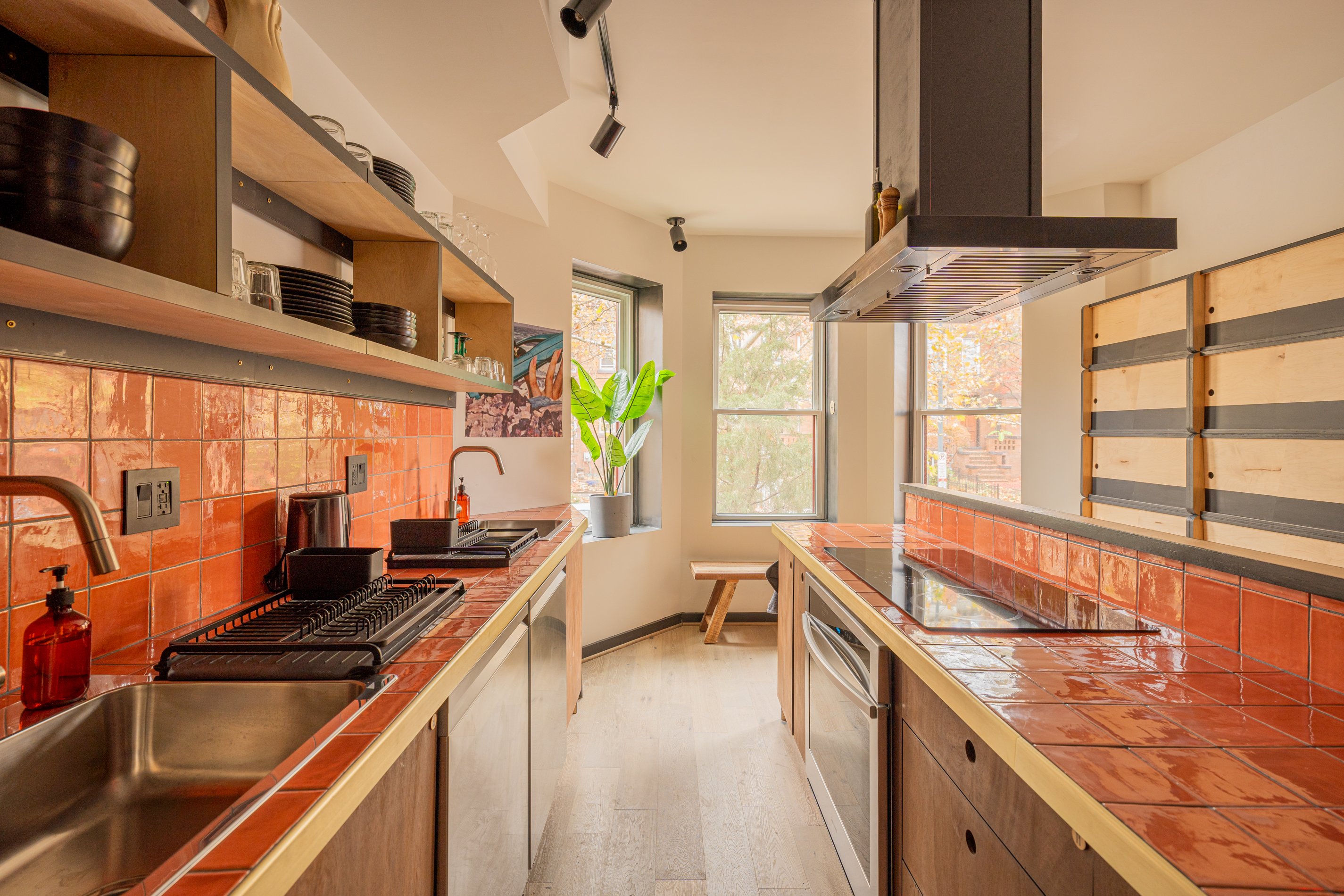
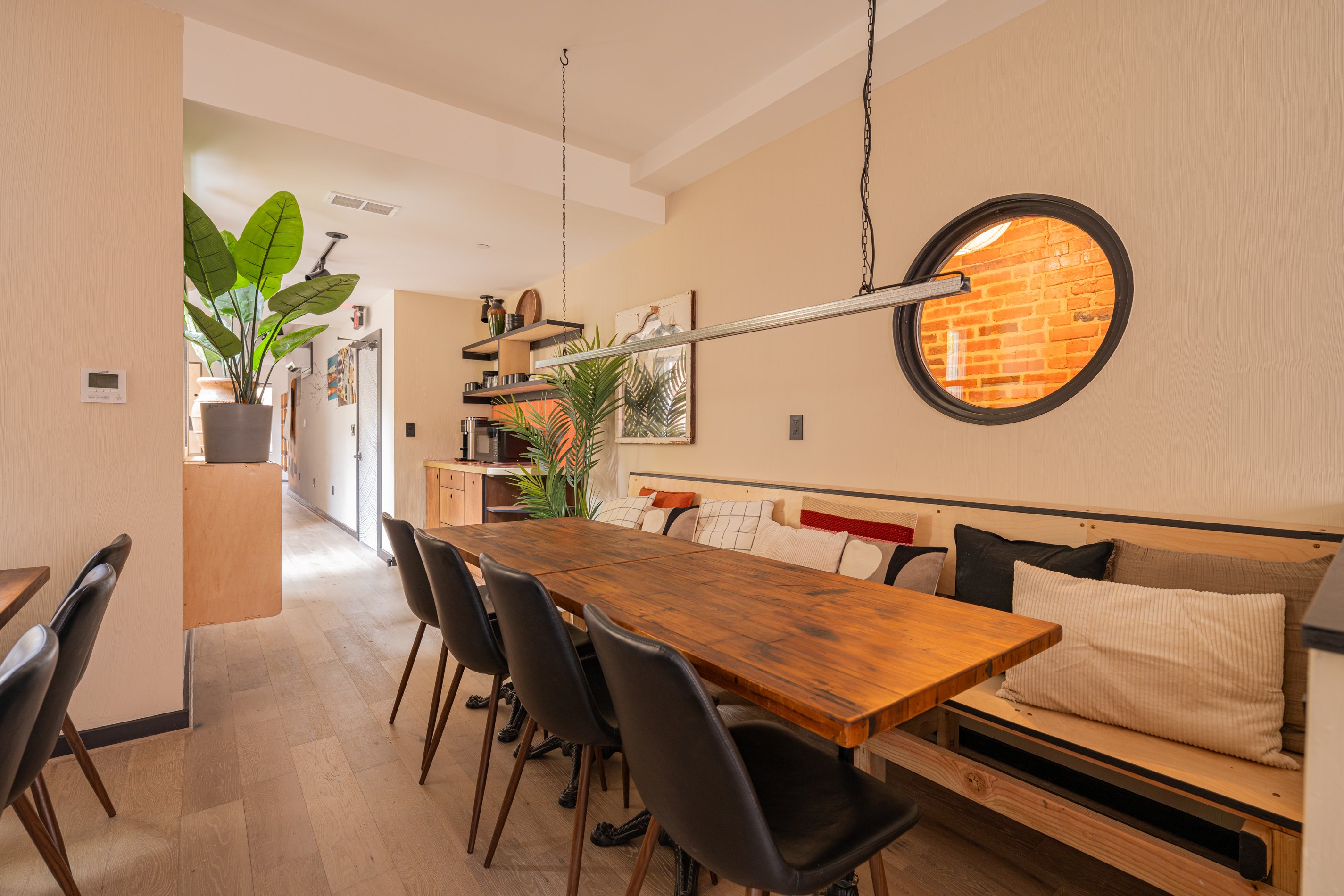
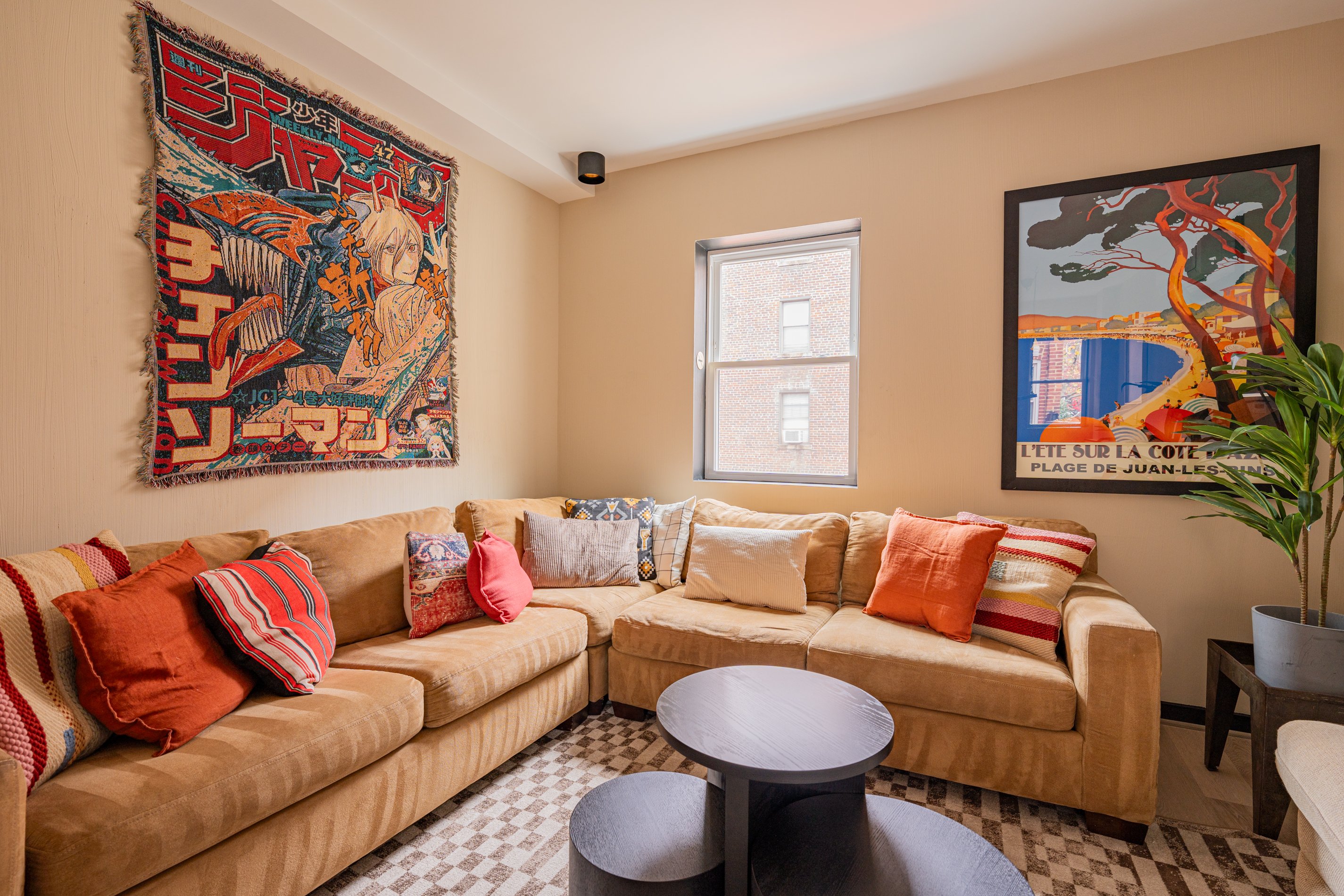
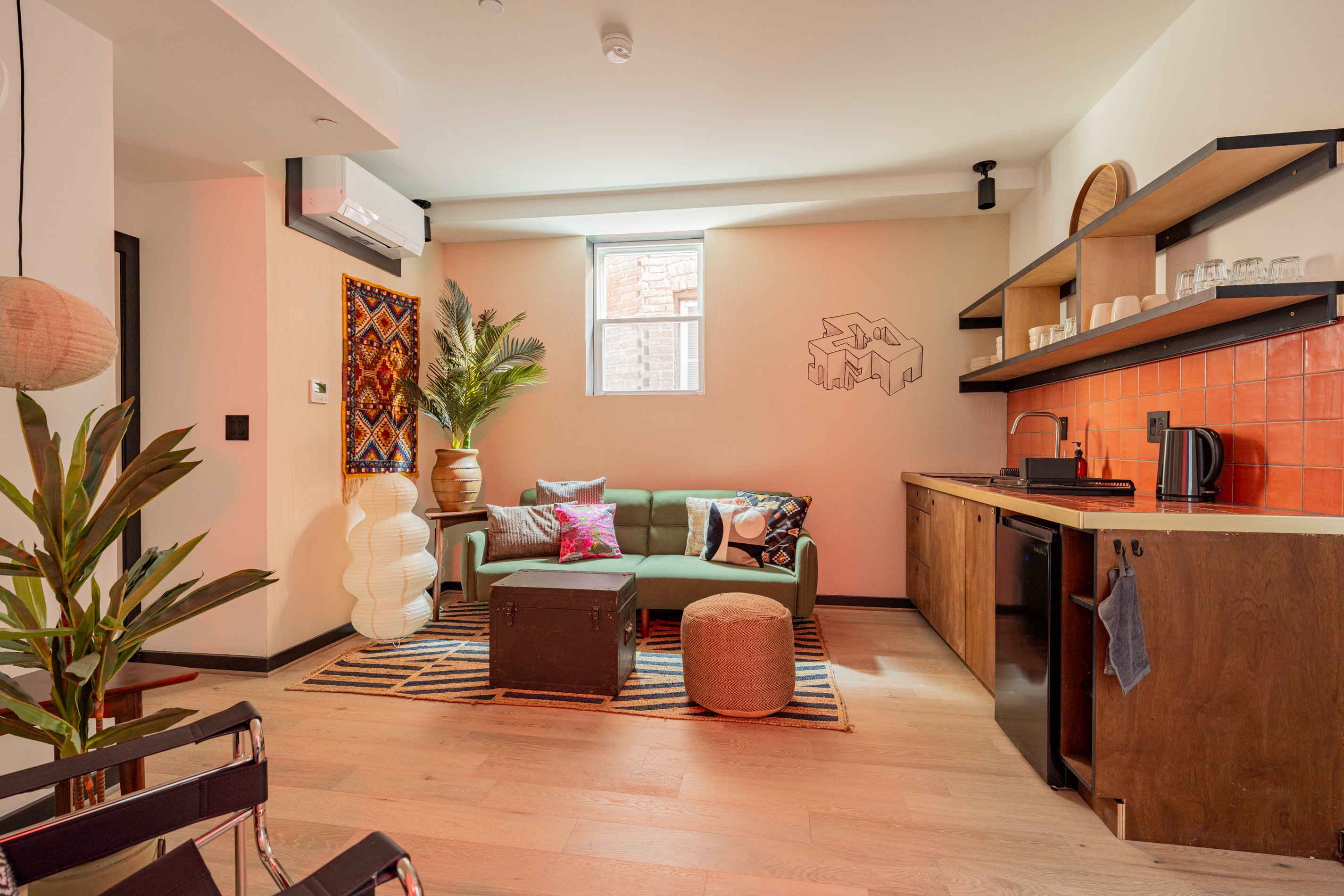
As for Cohabs, it anticipates having 150 to 200 units open in DC by the end of 2025. On a recent Friday afternoon, Aymen Chargui, an optical engineer with the French company Cailabs, sat at a kitchen table in the newly opened Meridian Hill location. When he was tapped by his company to come to DC on a one-year contract, he struggled to find a place to live, until he heard about Cohabs. As a student in France, he had rented in a co-living space, and after some research, he signed a lease in DC. What does he like best about the house? The basement gym and fully outfitted kitchen. And he’s already befriended one of his fellow tenants from the Netherlands. But with the units only starting to fill up, he felt like a king presiding over a castle—a kind of momentary Camelot.
“My room is insane. This house is insane. I have everything I need,” he said. And then he added, “At a reasonable price.”

